The year is 1921 and the world is coming out of World War 1. America was coming out of these troubled times with a renewed vigor. With the prospects of the world looking up, people began looking for new ways to expand their horizons. The war had shown people how aviation was the transportation avenue of the future. As people chose to take to the skies, a need for planes and flying lessons became key. Back home in Marshall, Missouri, a small airplane company was founded. We dropped by the Nicholas-Beazley Aviation Museum to learn more about this unique venture.
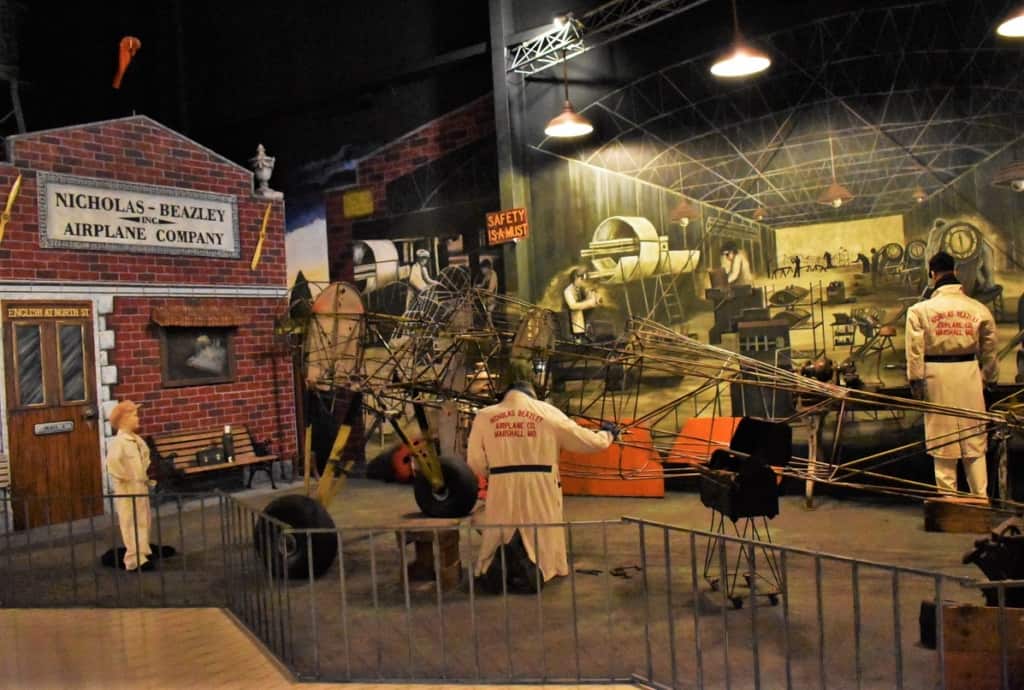
Humble Beginnings
This small start-up began as Central Aviation Company, which focused on reselling surplus propellers. They expanded the business to include airplane parts and engines. With a good stock of surplus aircraft from the war, it made sense that they would begin modifying these for resell. As business increased, so did their status in the aviation world. By hiring an engineer they were able to begin designing their own aircraft.
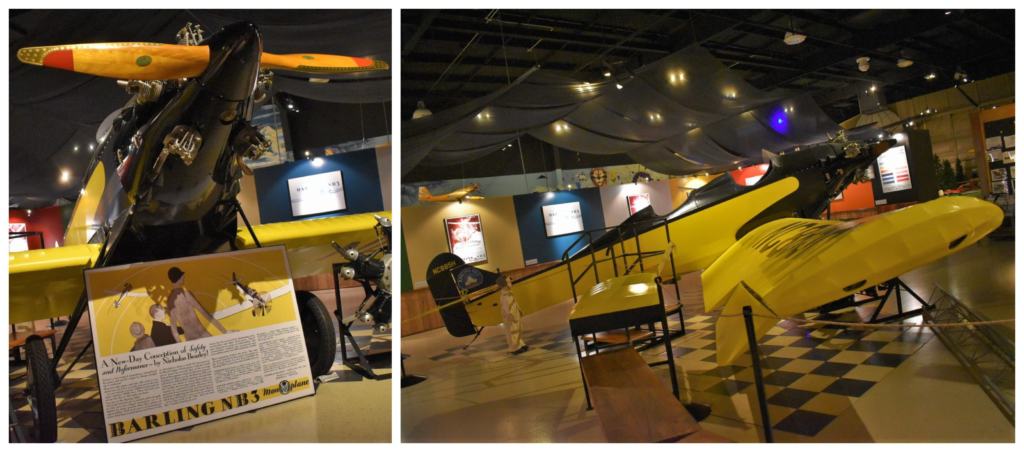
Star of the Show
The final design would be labeled the NB-3 after it’s designer Walter Barling. It was touted as a spin-proof aircraft that would right itself from any position. They took the plane to the 1929 National Air Races to test their mettle. It ended up placing at the head of the pack for its class. The NB-3 would be touted as a plane that you could learn to fly in one day.
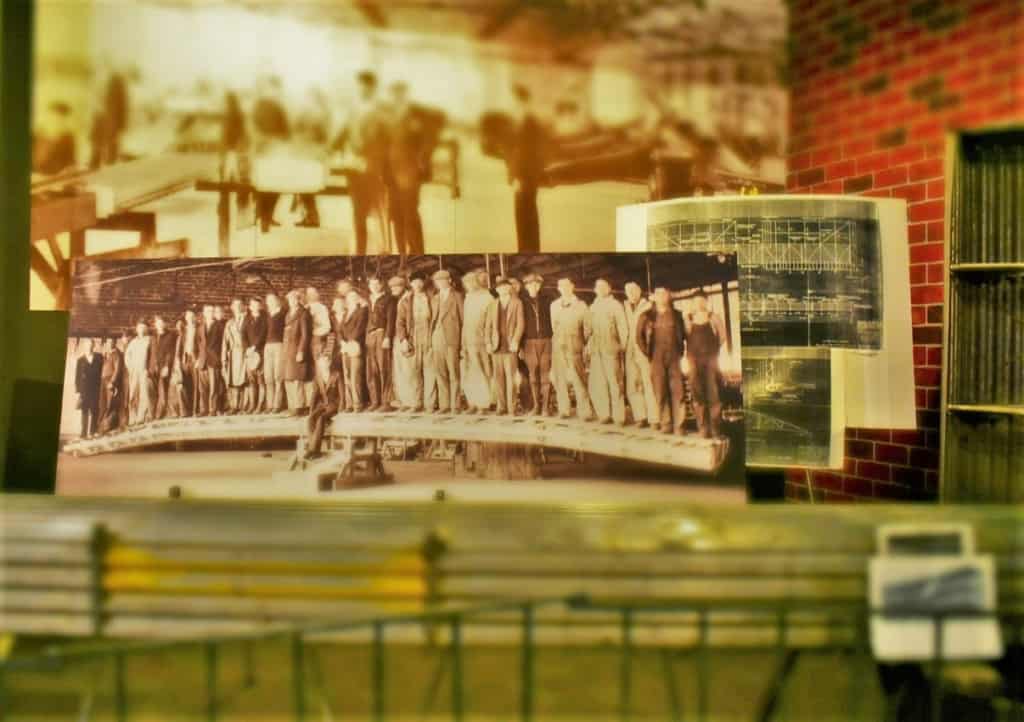
Innovative Assets
We learned that it was the wings that were the real star. A double layer of corrugated aluminum made them very strong without adding excessive weight. The photo above shows the capacity to hold an amazing amount of stress. The NB-3 would raise a lot of eyebrows and put the Nicholas-Beazley Airplane Company in the headlines. This aircraft would be used to set records for altitude, distance, and speed.
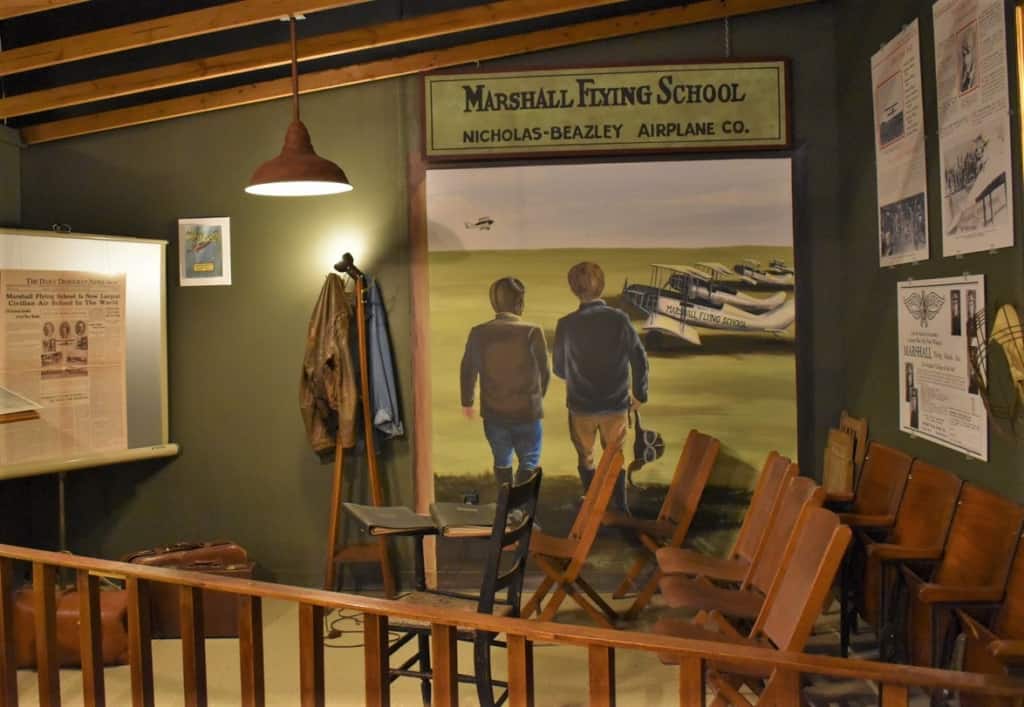
Taking to the Skies
With things proceeding well, it was time to add another layer to their business. After Charles Lindberg’s successful Trans-Atlantic flight, interest in aviation was at an all-time high. To capitalize on this attention, they added the Marshall Flying School. Our tour guide, Bryan Berlin, explained to us that at one time it was the largest civilian flight program in the United States. For only $250, a student could learn how to pilot an aircraft. Between 1924 and 1932, nearly 4,000 people would pass through the school.
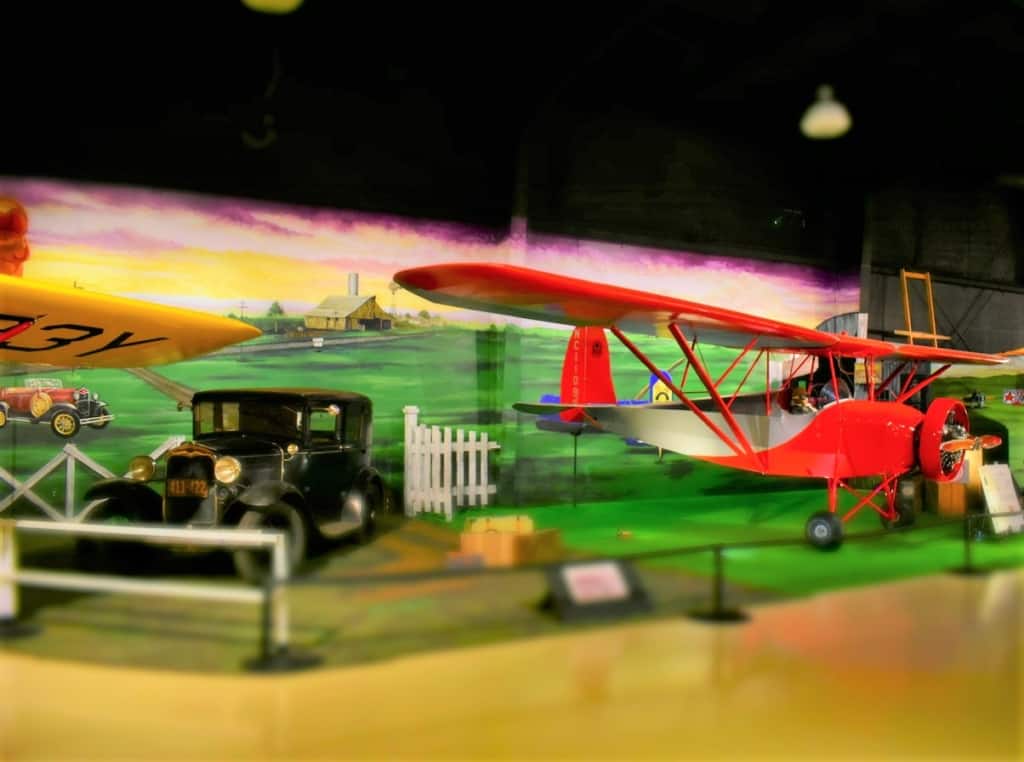
Signs of the Times
The early 1930s saw the introduction of the NB-8G, which featured fold-back wings. This allowed it to be towed behind a car, as well as making storage easier. While the interest in flight was not waning, the Great Depression took its toll on many businesses. The heydays had seen plenty of people enjoying this type of free-time activity, but now the marketplace had tanked. The factory ceased building planes by 1933 and would once again survive by selling parts. Times were tough and the owners did what they could to get by.
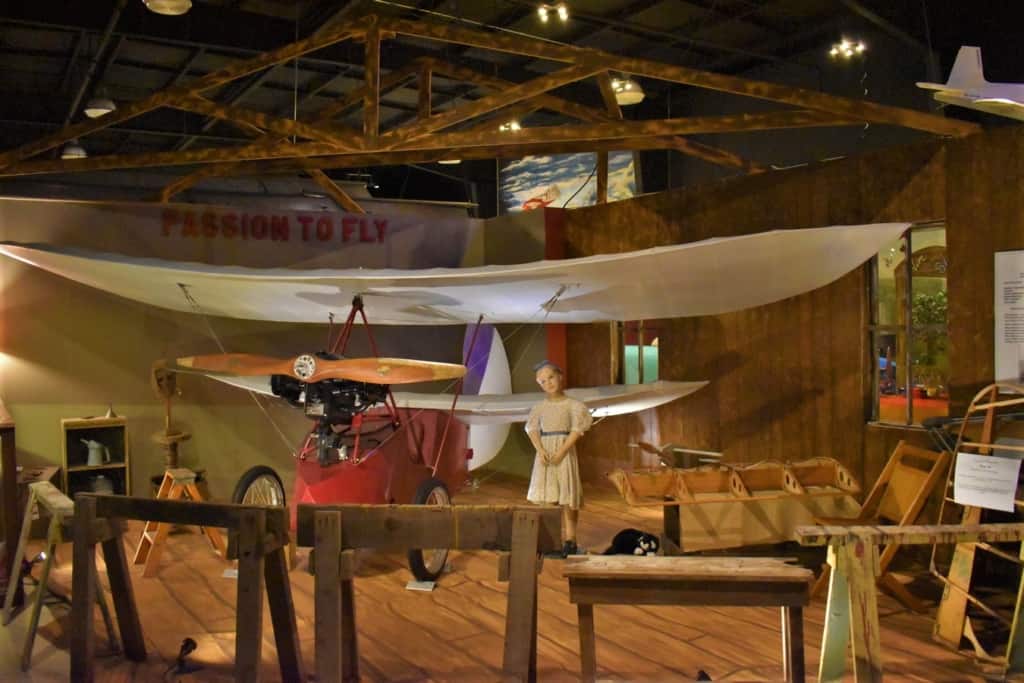
Something for Everyone
In 1935, one of the founder’s nephews designed an unusual aircraft. The Flying Flea was a miniature aircraft designed for homeowners. This single-seater was barely larger than a glider and was built using parts from around the factory. It certainly made us wonder who would take to the skies in such a contraption.
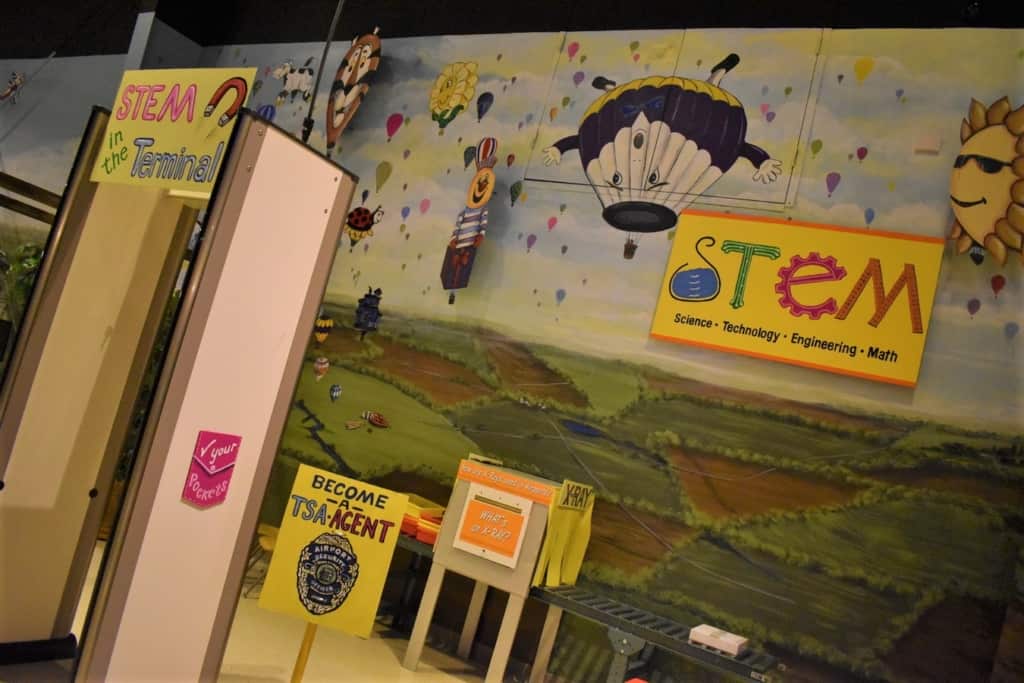
Space for the Kids
After our whirlwind tour of the museum, it was time to enjoy some hands-on time. The Nicholas-Beazley Aviation Museum offers plenty of space for young aviators to explore. While we may be a little older than the average visitor to this space, we are no strangers to playtime. It was nice to find that the museum was incorporating the S.T.E.M education principles into their exhibits.
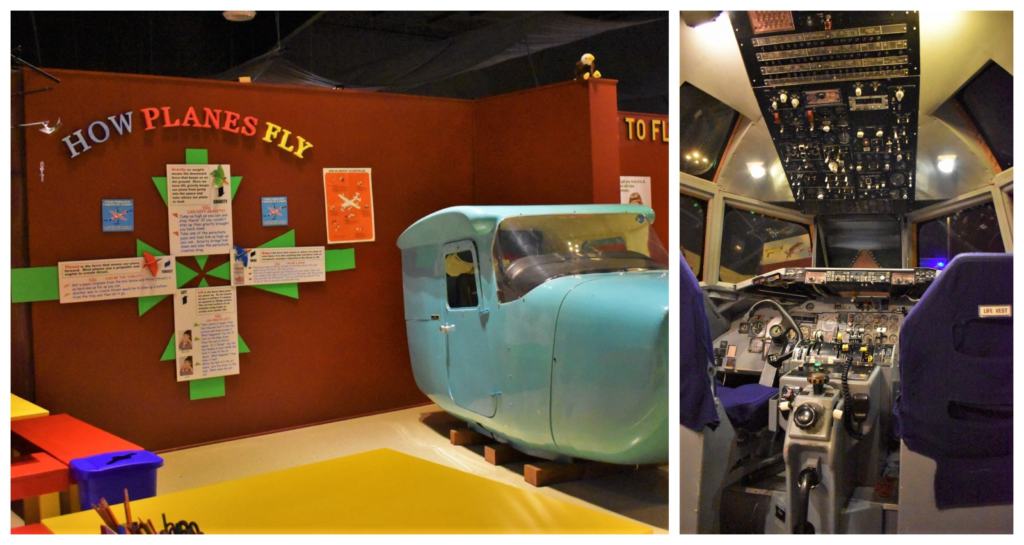
Hands-On Learning
Exploring the displays tells the story of flight principles. Here we learned how the laws of physics are applied to aviation. They even have a sample jumbo jet where kids can pretend to be a pilot. Man, there are a lot of buttons and switches in there.
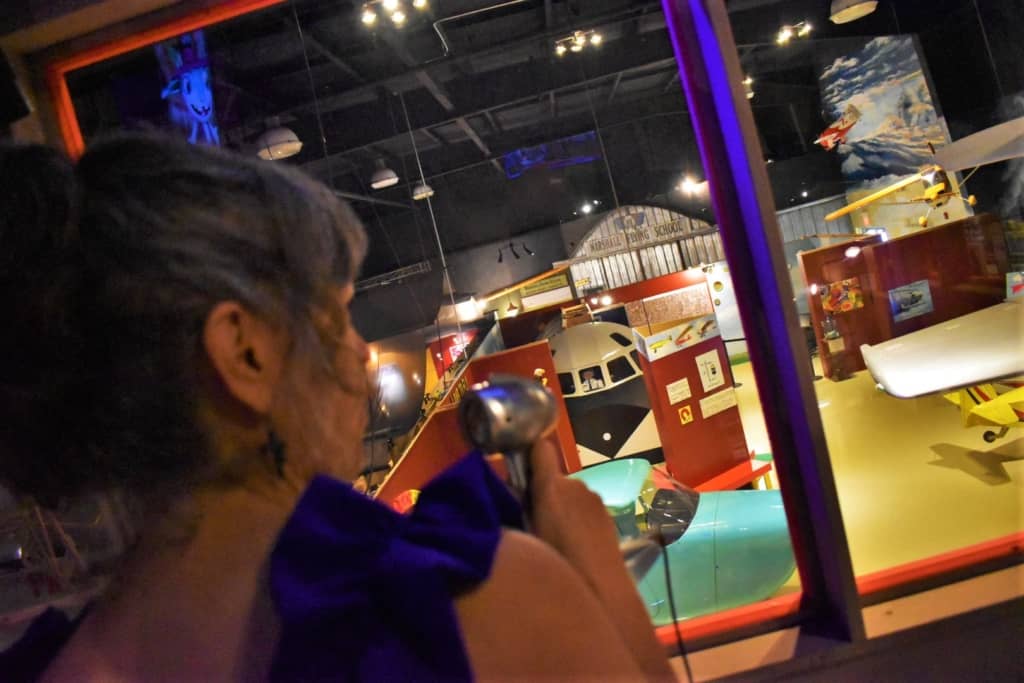
Taking Control
From the nearby control tower, we were able to get a birds-eye view of the museum. Of course, Crystal took the lead in helping guide an approaching plane. Yeah, we are a couple of big kids, but it helps us stay young. I bet you’d do the same thing during your visit.
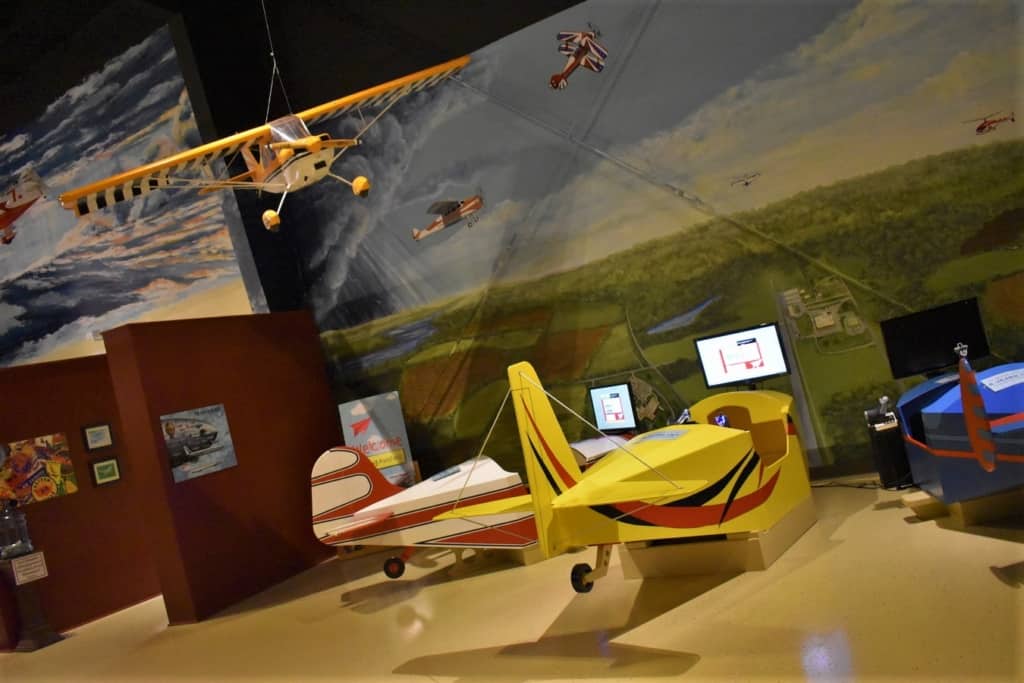
Pilot Practice
One of our last stops was at the flight simulators. I had attempted this type of maneuvering during a visit to the TWA Museum, in Kansas City, and wanted to see if I had improved. After being shown the ropes, I found myself soaring above the trees in my virtual aircraft. This is definitely one activity that you will want to make sure you do, while at the museum.
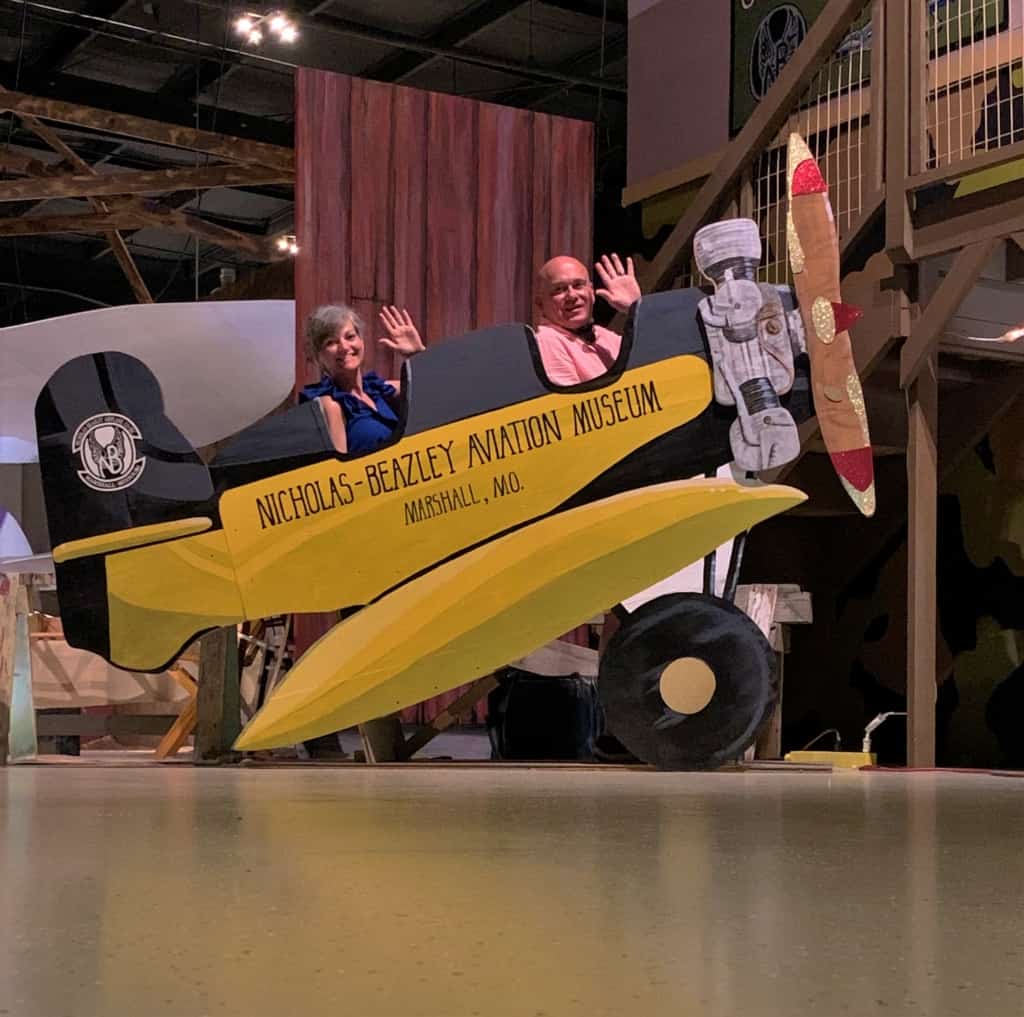
Take to the Skies
Once again, you can see we had a blast learning about this hidden piece of Midwest history. The Nicholas-Beazley Aviation Museum is a great place to dive into the world of early aeronautics, all while keeping your feet firmly planted on the ground. They also have some fun selfie spots that we just had to partake in. This one had to be one of our favorites. Now we just have to figure out who’s flying this thing.


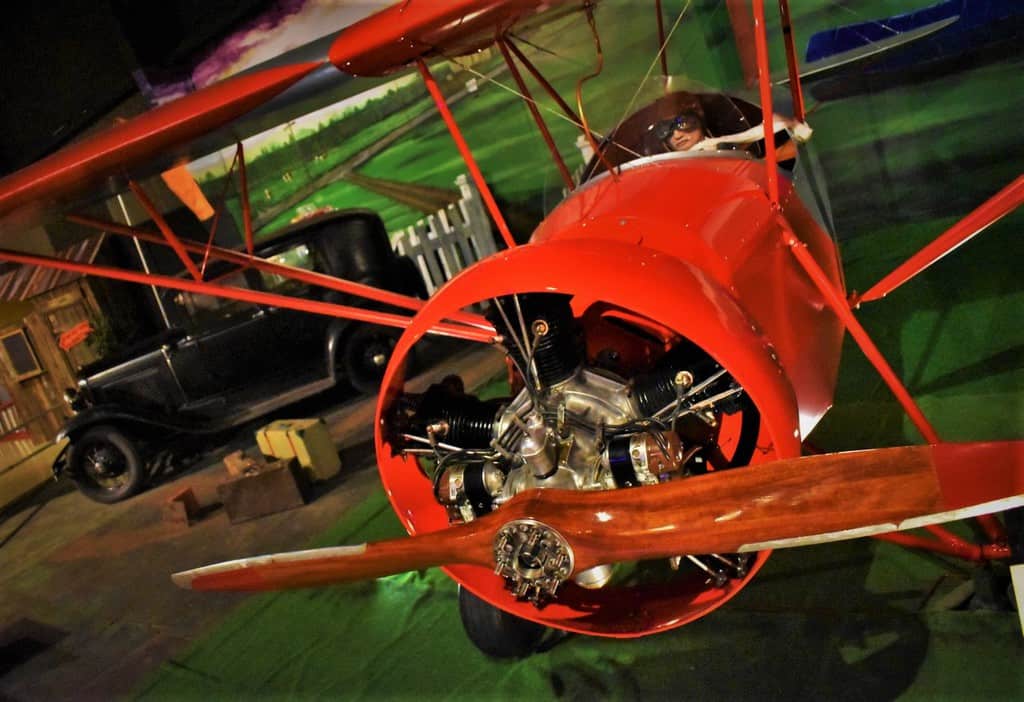
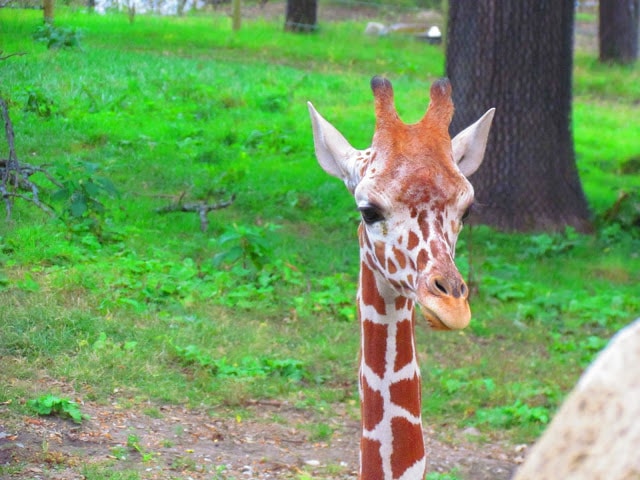

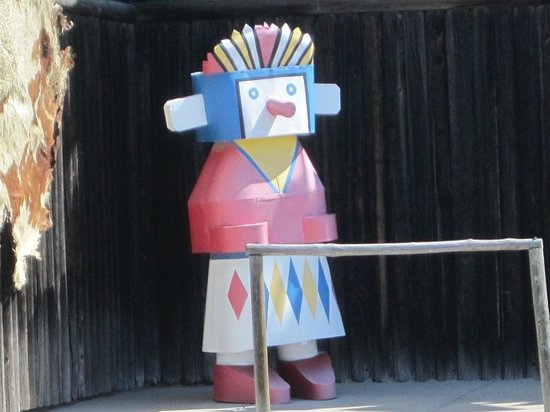
You looked like you were in the driver’s seats. Did you get very far that day? As long as you had fun, that’s what counts. Thanks
It seems like we were grounded but still had fun.
So well done and beautiful, the dioramas are really fantastic. It must have been a fun museum to explore, thanks for doing a tour of it for us to see.
It was a blast and so educational. Highly recommend it.
What an amazing post. I would love to know more about how the laws of physics are applied to aviation.
It sounds like you are a bit of a science geek like I am. This is a good place to get your fill.
You look like experienced pilots in that simulator. 🙂 Great museum find. There are some nice aviation museums around this country. I don’t think I’d be one to hop on The Flying Flea.
The Flea does seem a little suspect for our likings, as well.
Midwest history is more interesting than people give it credit for. The history of aviation is fascinating and the Nicholas Beazley Aviation Museum looks like a fun place to visit!
You hit the nail on the head. We find tons of unique history all around the Midwest.
I always think those early days of aviation sound very exciting. Imagine just being able to hire an engineer and design your own aircraft!
That would have been amazing, yet somehow very scary.
Thanks for a nice intro to the NB Aviation Museum. It’s always inspiring to see the products of human invention!
Isn’t that the truth. Thanks for visiting our site.